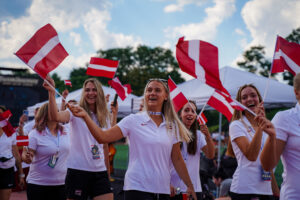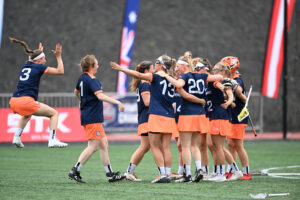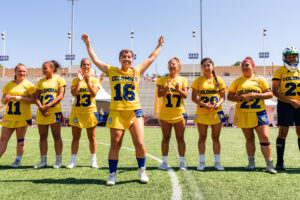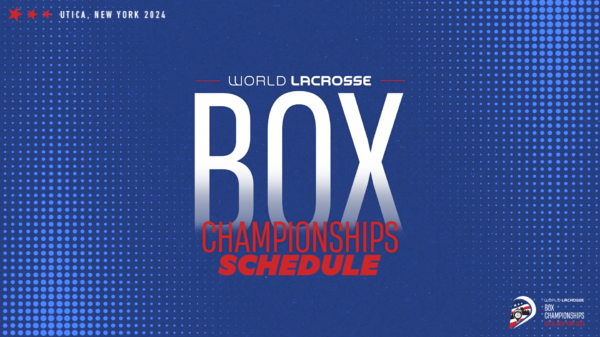Lacrosse’s inclusion in the 2028 Olympics in Los Angeles is a historic landmark for the sport – the game will return to the biggest stage after an 80-year hiatus.
The return of lacrosse is important, but just as historic is the first-time inclusion of women. The men’s and women’s Olympic tournaments will be exactly the same, competed in the sixes discipline with an equal number of teams, athletes and games (numbers to be determined by early 2025).
Uniquely, men’s and women’s organized lacrosse developed in parallel beginning in the 19th century. International Federations were separately established for the two genders in the 1970s, then merged in 2008 with a united vision of returning to the Olympics.
The vision has been realized, and while gender equity has always been at the forefront of the sport’s Olympic ambitions, women’s lacrosse has arrived at the biggest stage at the perfect time.
“I think the timing is explosive right now, for all women’s sports,” said Jen Adams, a former Australian star and current head coach at Loyola University in the United States. “We’re jumping off the diving board at the exact right time for women’s sports. Women’s lacrosse is a powder keg right now and I’m excited to see how it explodes.
“Even seeing the FIFA Women’s World Cup hosted in Australia, to see young boys wearing Matilda jerseys, to hear the way it shook a nation in support and excitement for women’s sports. I think about now lacrosse being able to take that next step.”
In the United States, lacrosse has been the fastest growing sport in the NCAA over the last two decades, with that growth in large part spurred by women. The 2022 World Lacrosse Women’s Championship featured a record-breaking 29 teams, and in 2024, women will compete for the first time in the World Lacrosse Box Championships.
The surge of women’s participation globally has been an ongoing trend as increased opportunities to compete have been made available.
“We already had a really good base of women playing lacrosse in Europe,” said Steph Migchelsen, former president of the European Lacrosse Federation and current WL vice president. “It’s a lot more fun to double the number of potential players, and in having a woman as president of the ELF, people accepted that we were going to focus on women’s lacrosse.”
In Europe, the international event calendar expanded to included women’s senior and junior field championships, and strong participation from women in men’s box championships blossomed into women’s box competitions.
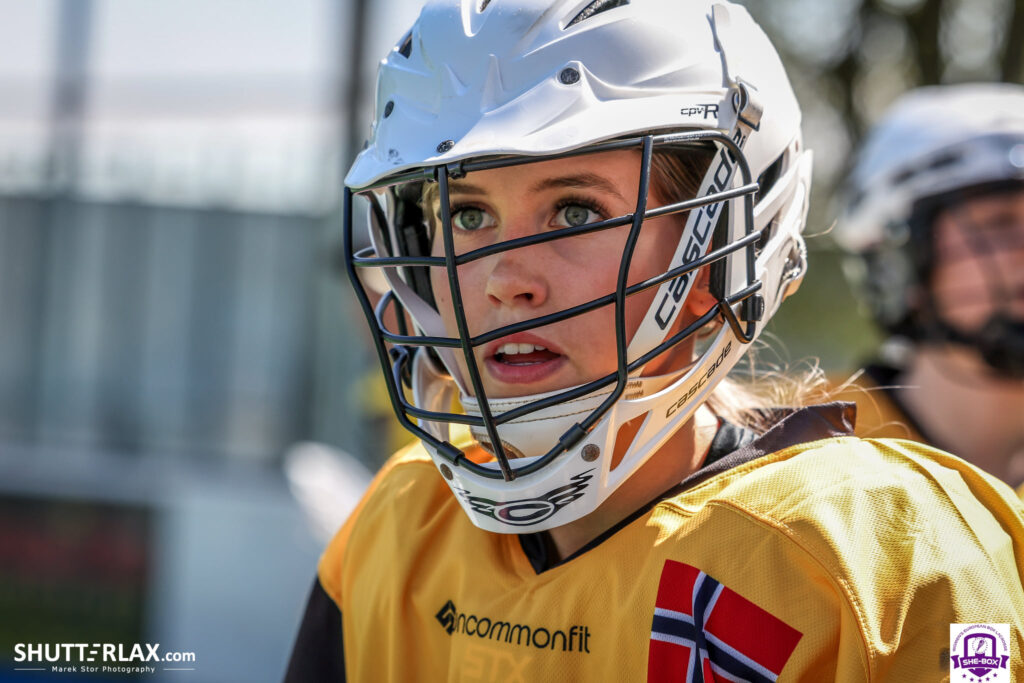
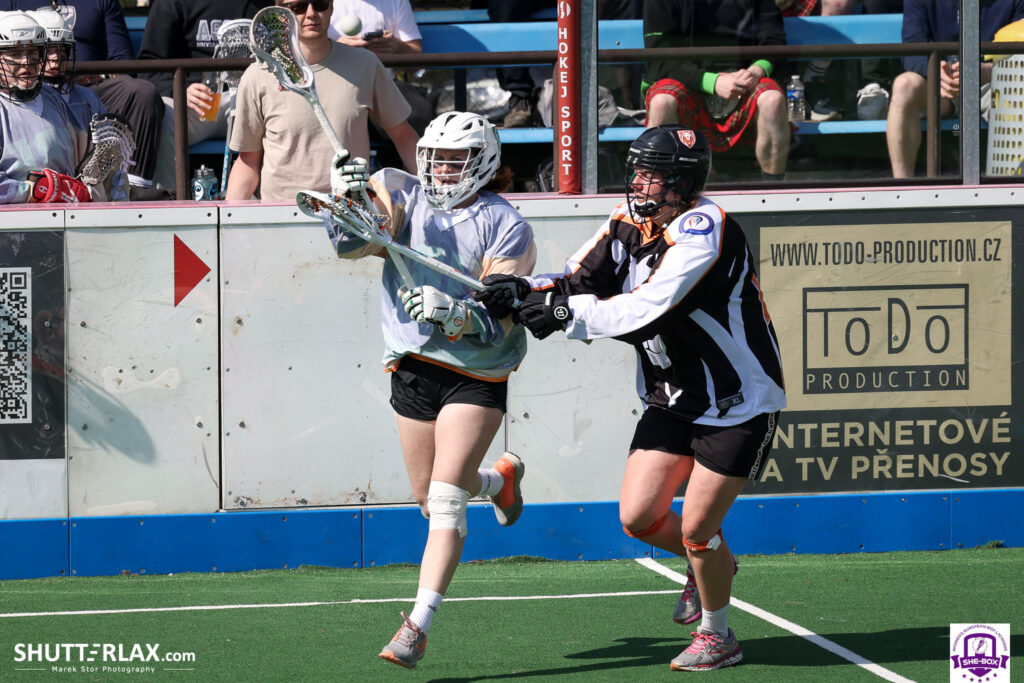

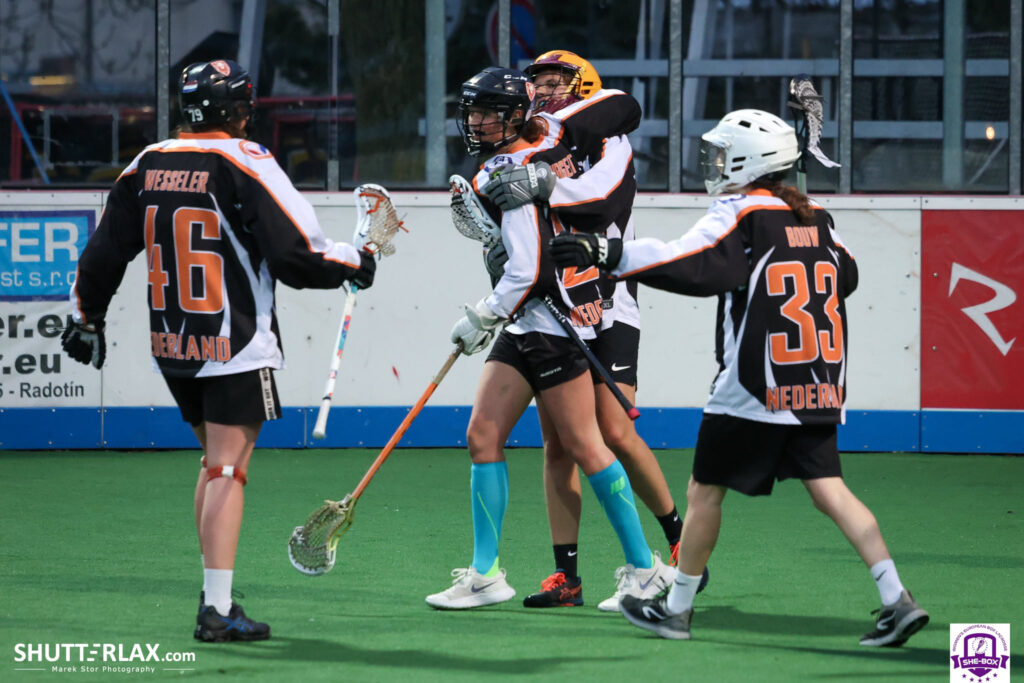

“I think the biggest challenge is working around the stigma of women participation in sports,” said Migchelsen. “It’s harder for men in general to facilitate events for women, so it’s important to have women on boards and in governance to have that voice from the top down to secure resources and really grow the game.”
Sixes lacrosse is built on gender equity.
“Sixes has the same rules across both genders, and is equal across both sides of the game in every way, so to me that was important,” said Migchelsen. “I would struggle to think of another sport where it’s obvious that the men’s and women’s side were coming in on equal footing. To come back to the Olympics after all this time and already be equitable is a really strong statement of how the sport should be.”
Dana Dobbie, one of the most decorated players in women’s lacrosse history who earned the gold medal at The World Games 2022 with Canada, also echoed the benefits of sixes lifting the sport as whole.
“I think we’re making such progress to make the default lacrosse just be lacrosse, no matter the discipline, to be under one umbrella and not really having to separate lines of gender,” said Dobbie. “The Olympics changes lives, and I think it’s important for people to put the sport ahead of themselves or their national teams. This sport will be changed positively, and our athletes will experience something special and something we can be proud of that we all did together.”
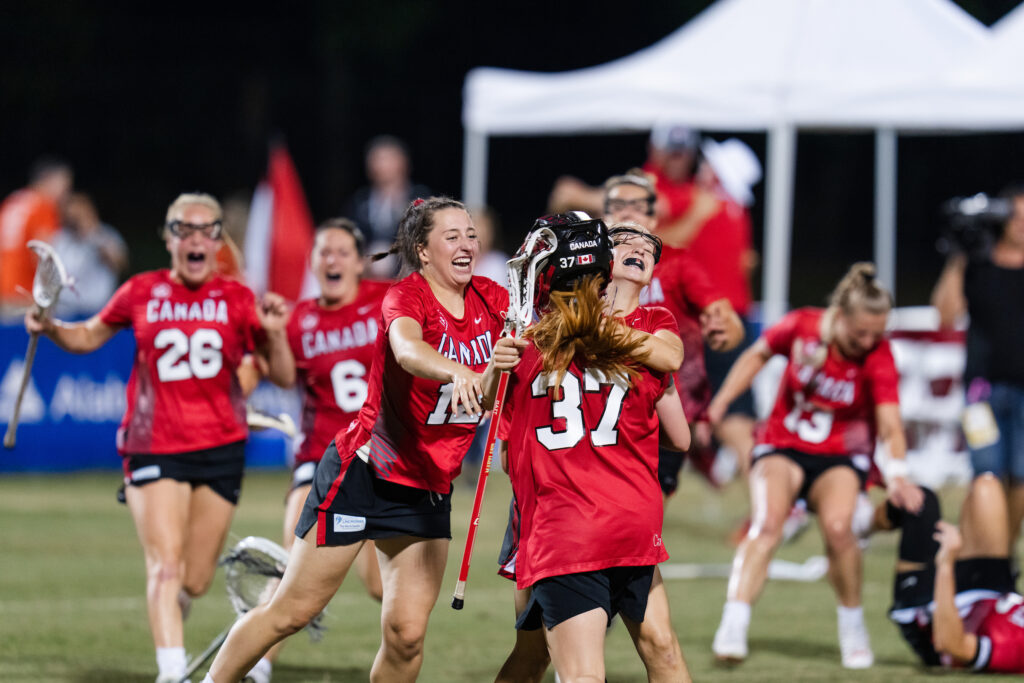
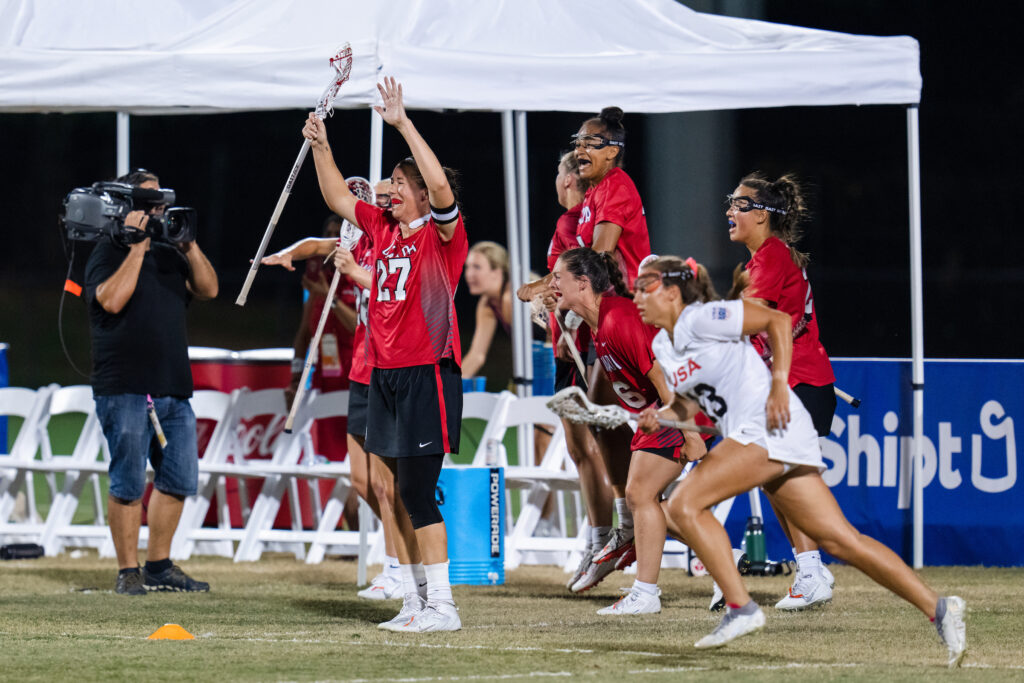
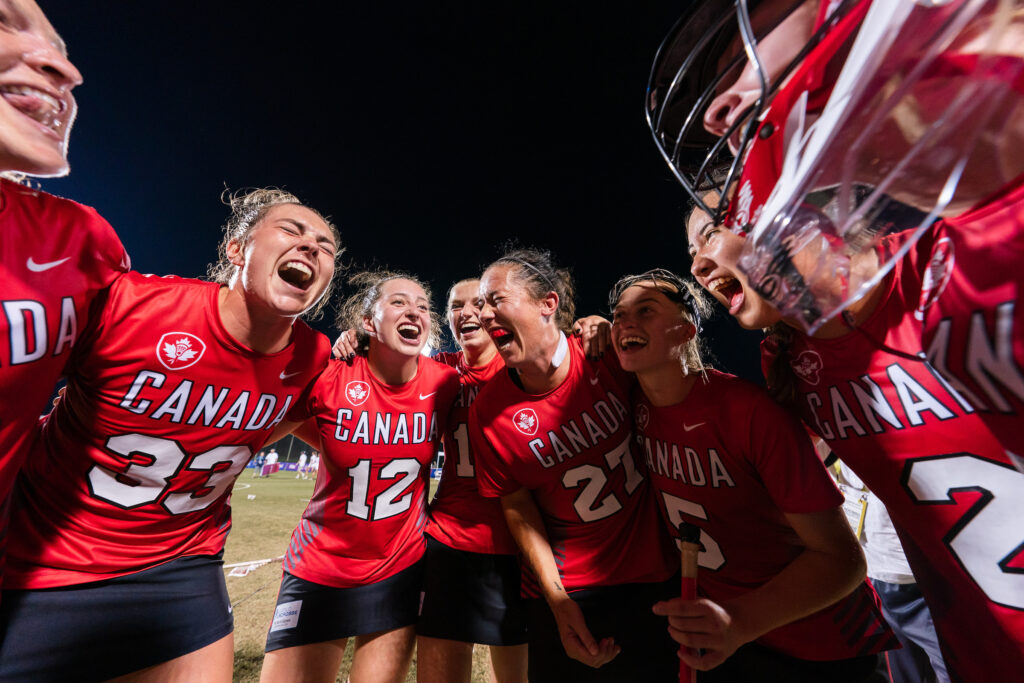
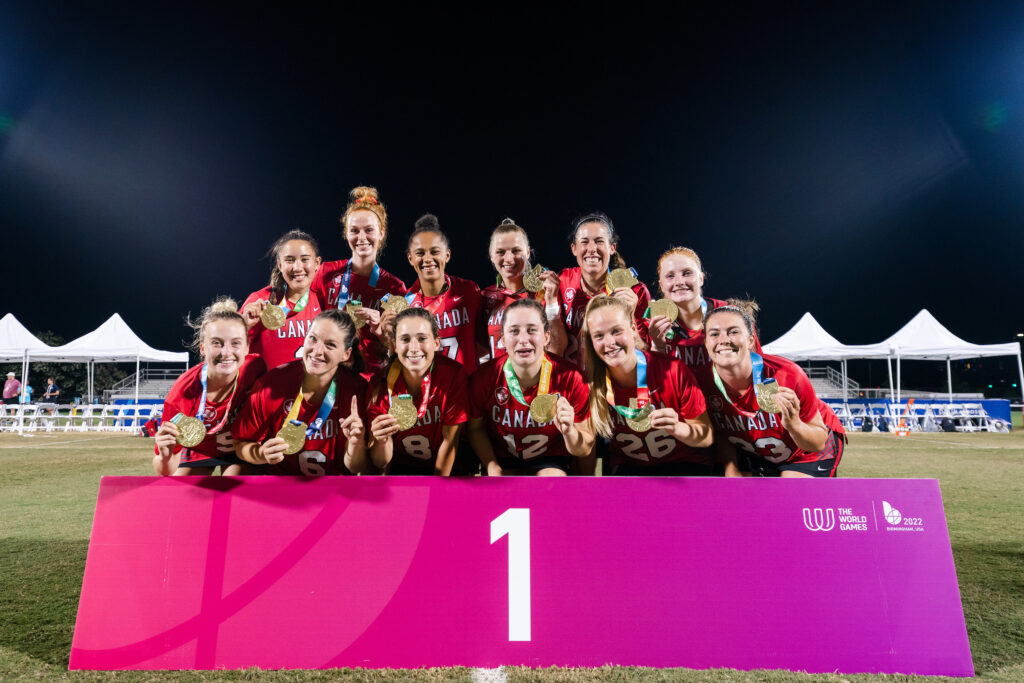
And the ripple effects of women’s lacrosse making the Olympic stage are the very essence of what makes the game special.
“To know women will be featured on the greatest stage in the world is truly mind blowing, the stuff dreams are made of,” said Adams. “When you grow up as a youngster, any kind of athlete, when you hear the idea of the Olympics, you think elite, the highest level attainable and the highest level to represent your country.
“I love the idea that kids will grow up and it will just be reality and the norm. I love that they have that experience: it’s a kid sitting in front of the television and watching and hearing stories of athletes at the peak of their game and saying one day that will be me. That’s the dream.”
That being the norm for women in sport is also hugely important, Adams argued.
“We struggle in a women’s jersey. We train the same way as the men, but don’t have the same eyeballs, funding, or fans in the stands. The Olympics offers a level of legitimacy and the ability for exposure, and I am excited to see this game be on equal platforms. Men and women are going to be competing alongside each other in Los Angeles and that is something that is truly special.”
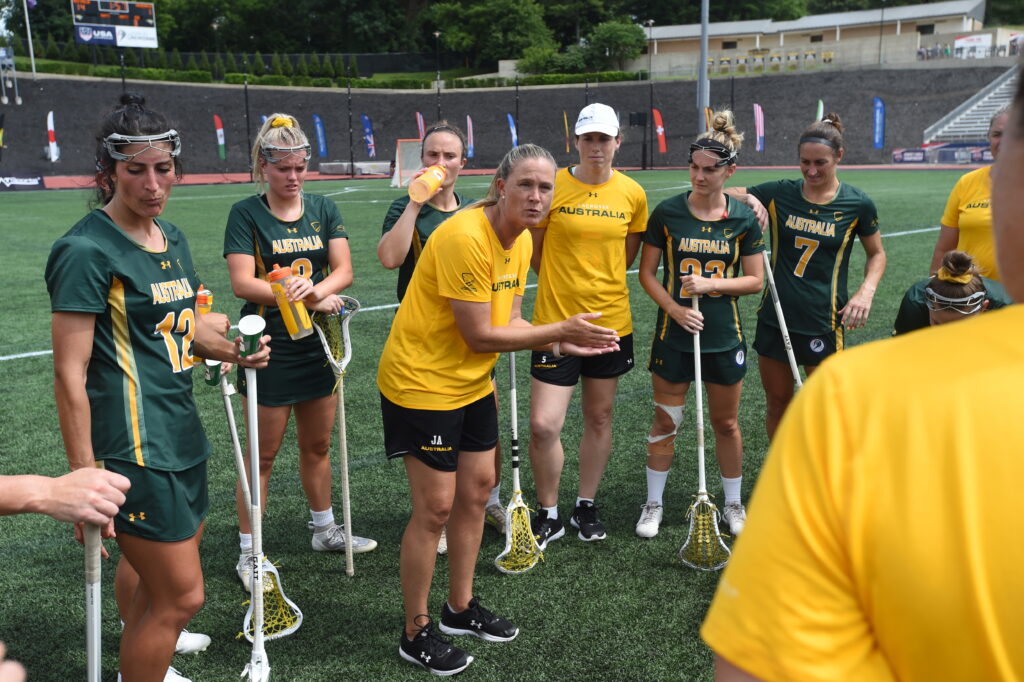
This new realized dream for current and future athletes will make a difference for the women’s lacrosse athletes going forward.
“We’ve been competing for our countries without that Olympic stage to train for, and now with Olympic inclusion, the sky is the limit for what we’re going to see with lacrosse across the globe,” said Dobbie. “We have had incredible pioneers in our game for so long. Now we are raising the bar and putting our best among the world’s best in all sports, which will lead to massive progress in the growth and future of our sport.”
Women’s lacrosse has earned its place on the biggest stage in Los Angeles. But its leaders still believe there is more to do to continue the momentum propelling the sport.
“Now that we have this Olympic goal for national teams, I would love to see every country that has a men’s national team have a women’s national team and have them be equally resourced,” said Migchelsen. “Women have that same pride for their country and want to play at that level.
“Women’s lacrosse needs the media organizations covering the sport to start giving equal content time and viewership time to female players that deserve that platform and audience,” said Dobbie. “I would challenge these spaces, which have a massive female audience, to put that time and effort into that audience, to show people that look like them. It’s what we need to move this sport forward for everyone who wants to play it.”
The push for more support for women’s lacrosse is about sharing the life-changing game with even more people, directly and indirectly.
“When I think about the Olympics, I have three nieces that I think it’s amazing they might be Olympians,” said Adams. “Because lacrosse is such a family sport, it has a generational, familial atmosphere to the game. While I may not get to the stand on the podium, the idea that someone in my family might get to, that brings a huge smile to my face is incredible.”

